Glow in dark PLA filament makes 3D prints glow brightly. It mixes PLA with special glowing materials that store light. These objects shine after soaking up light. More people want this Glow in Dark PLA for cool designs. Studies predict it will grow big, hitting USD 460 million by 2032. Whether for fun or work, this Glow in Dark PLA looks great and works well.
Key Takeaways
- Glow in dark PLA filament mixes normal PLA with glowing particles. This makes 3D prints glow in the dark.
- For the brightest glow, place your prints under UV light or sunlight for a few minutes.
- High-quality filaments give a stronger and longer glow. This helps your designs look more unique.
What Is Glow in Dark PLA Filament?
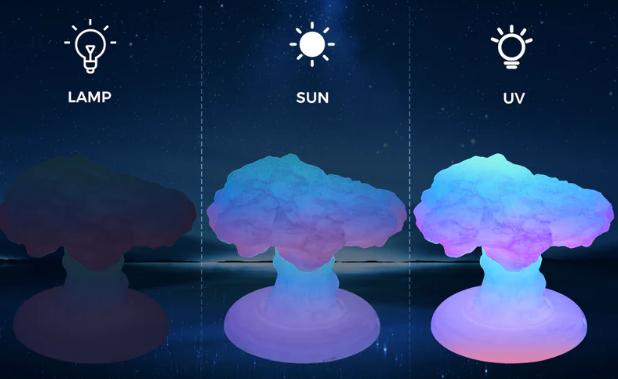
Glow in dark PLA filament is a special material for 3D printing. It mixes regular PLA with glowing materials to shine in darkness. This filament soaks up light and glows later, making it great for fun or useful projects. Let’s learn about its makeup, features, and eco-friendly benefits.
Composition and Materials
Glow in dark PLA filament is made by mixing PLA with glowing powders like strontium aluminate. PLA, or polylactic acid, is a plastic made from plants like corn or sugarcane. The glowing powders store light and slowly release it as a glow.
This filament is easy to use, just like regular PLA. It needs low heat to print and doesn’t warp much. But the glowing powders can wear out your printer nozzle faster. A strong steel nozzle can help avoid this problem.
Key Features
Glow in dark PLA filament has cool features that make it different from regular PLA. Here’s a quick comparison:
|
Feature |
Standard PLA |
|
|---|---|---|
|
Extruder Temperature |
210±30 °C |
N/A |
|
Bed Temperature |
50±30 °C |
N/A |
|
Bed Adhesion |
Blue Painters Tape |
N/A |
|
Visibility in Dark |
Yes |
No |
|
Abrasiveness |
Yes (may wear nozzles) |
No |
|
Eco-friendliness |
Yes |
Yes |
This filament glows in the dark and stays eco-friendly like PLA. Its glow makes it great for eye-catching designs. It also works well with most 3D printers.
Eco-Friendly Properties
Glow in dark PLA is good for the planet, just like regular PLA. It breaks down naturally and is made from plants, not oil. Its glowing ability doesn’t harm its eco-friendly nature. You can enjoy its cool look while helping the environment.
Tip: Recycle leftover filament scraps and use energy-saving printers to stay green.
Glow in dark PLA filament is both creative and sustainable, making it a favorite for many users.
How Does Glow in the Dark Filament Work?
Phosphorescence Explained
Phosphorescence is what makes glow in the dark items shine. When light hits the filament, it absorbs energy from the light. This energy excites special glowing materials, like strontium aluminate, inside the filament. These materials store the energy and slowly release it as light. This is why the filament glows in the dark.
Fluorescence stops glowing when the light is gone, but phosphorescence keeps glowing longer. This makes glow in the dark filament great for low-light designs. Knowing how phosphorescence works helps you use this filament better.
Light Absorption and Emission
Glow in the dark filament works by absorbing and releasing light. First, glowing particles inside the filament soak up photons from light. These photons excite the particles, giving them more energy. When the light is gone, the particles release this energy as glowing light.
The type of light used to charge the filament affects its glow. UV light works best because it gives strong energy. Sunlight or indoor lights can also charge it, but UV light makes it glow brighter. To get the best glow, charge your filament under bright light for a few minutes.
Factors Influencing Glow Duration
How long the filament glows depends on several things. High-quality filaments, use better glowing materials. These materials store more energy and glow longer. Thicker prints also hold more glowing material, making them shine longer.
The light source matters too. UV light charges the filament better than regular indoor lights. A dark room makes the glow easier to see, while other lights can weaken it. Proper storage is important. Moisture or too much sunlight can damage the filament and reduce its glow.
By knowing these factors, you can make your glow in the dark prints look their best.
Applications of Glow in the Dark PLA
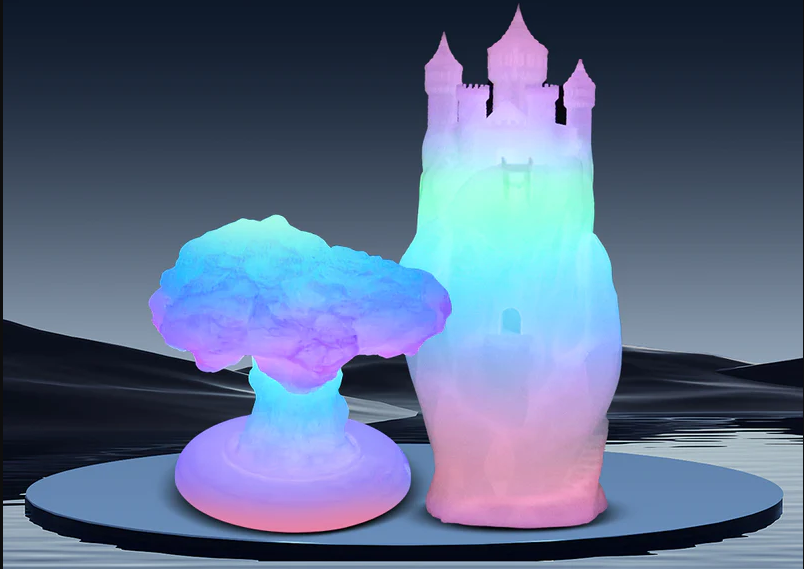
Glow in the dark PLA is great for many uses. Its special features make it fun, useful, and decorative. Let’s see how you can use this filament.
Creative Projects
This filament is awesome for creative ideas. Make glowing keychains, jewelry, or figurines for a magical look. Hobbyists love it for unique board game pieces or glowing models. It’s perfect for tabletop games or cool 3D designs. You can create items that glow beautifully in dim light.
Functional Uses
Glow in the dark PLA is also practical. Print glowing signs, exit markers, or light switch covers. These are easy to find in the dark. It’s great for safety items like glowing wristbands or bike reflectors. These items improve visibility and safety indoors or outdoors.
To get the best glow, charge your prints under bright light first. This makes them shine longer and brighter.
Decorative Applications
This filament is perfect for decorations. Use it to make glowing light switch covers or starry ceilings for kids’ rooms. These decorations add charm and a soft glow at night. The glow is strongest right after lights go off, creating a calming effect.
Popular decoration ideas include:
- Starry ceiling art.
- Glowing holiday ornaments.
- Custom glowing nameplates.
With glow in the dark PLA, you can turn plain spaces into amazing glowing displays.
Tips for Using Glow in the Dark PLA
Printing Best Practices
When using glow in the dark filament, adjust your printer setup. This filament has rough materials that can damage regular nozzles. Use a strong nozzle like Olsson Ruby or Nozzle X to avoid wear. Set the extruder temperature between 210°C and 240°C. Keep the bed temperature around 50°C for better sticking. Add blue painter’s tape to the print bed for extra grip.
Clean your nozzle often to stop clogs. The filament can leave residue because of its special mix. Print slower, at 40-60 mm/s, to get better results and protect your printer parts.
Optimizing Glow Effect
To make your prints glow brighter, charge them under strong light. UV light works best, but sunlight or bright indoor lights also help. Place your prints near the light for a few minutes before using them. Thicker prints hold more glowing material, making them shine longer.
Pick good-quality filaments like Sovol glow in the dark PLA for the best glow. These filaments use better glowing materials for a brighter and longer-lasting effect. Show your prints in a dim room to see the glow clearly.
Maintenance and Storage
Take care of your filament to keep it working well. Store it in a cool, dry place to stop moisture from ruining the glow. Use airtight containers or vacuum bags with desiccants to keep it dry.
Check your filament often for damage or brittleness. If it stops glowing well, replace it. Clean your printer after each use to remove leftover rough particles. These steps will help your filament and printer last longer while giving great results.
Glow-in-the-dark PLA filament is both fun and useful. It glows, making designs stand out and also practical. Using good glow in the dark PLA helps. Follow tips to get the best results. This filament lets you make creative and eco-friendly 3D prints.
FAQ
How can you charge glow-in-the-dark PLA filament well?
Put your prints under UV light or sunlight for a while. This helps them soak up energy to glow brighter and longer.
Can glow-in-the-dark PLA filament harm your printer?
Yes, its rough particles can wear down normal nozzles. Use strong steel nozzles and clean your printer often to keep it safe.
Is glow-in-the-dark PLA filament okay for kids’ toys?
Yes, it’s safe and eco-friendly. But smooth out sharp edges and finish properly to make it safe for kids to use.

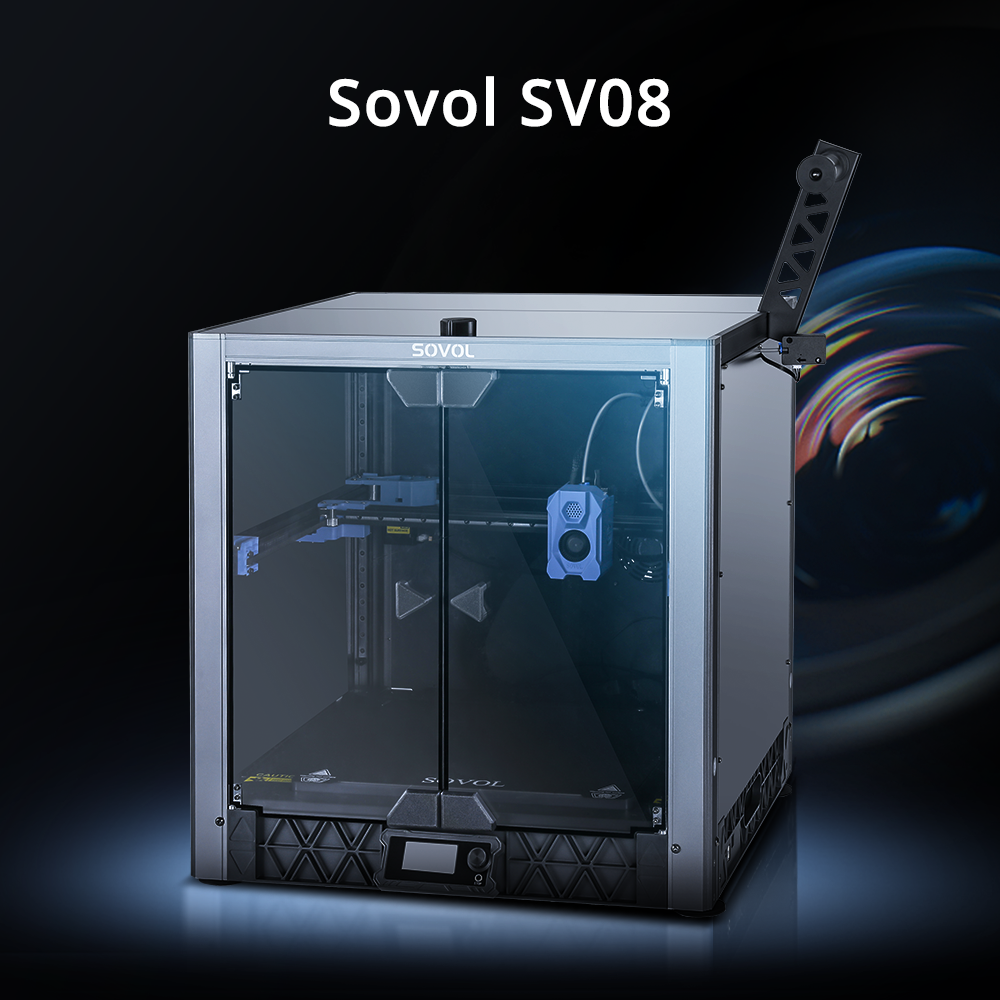
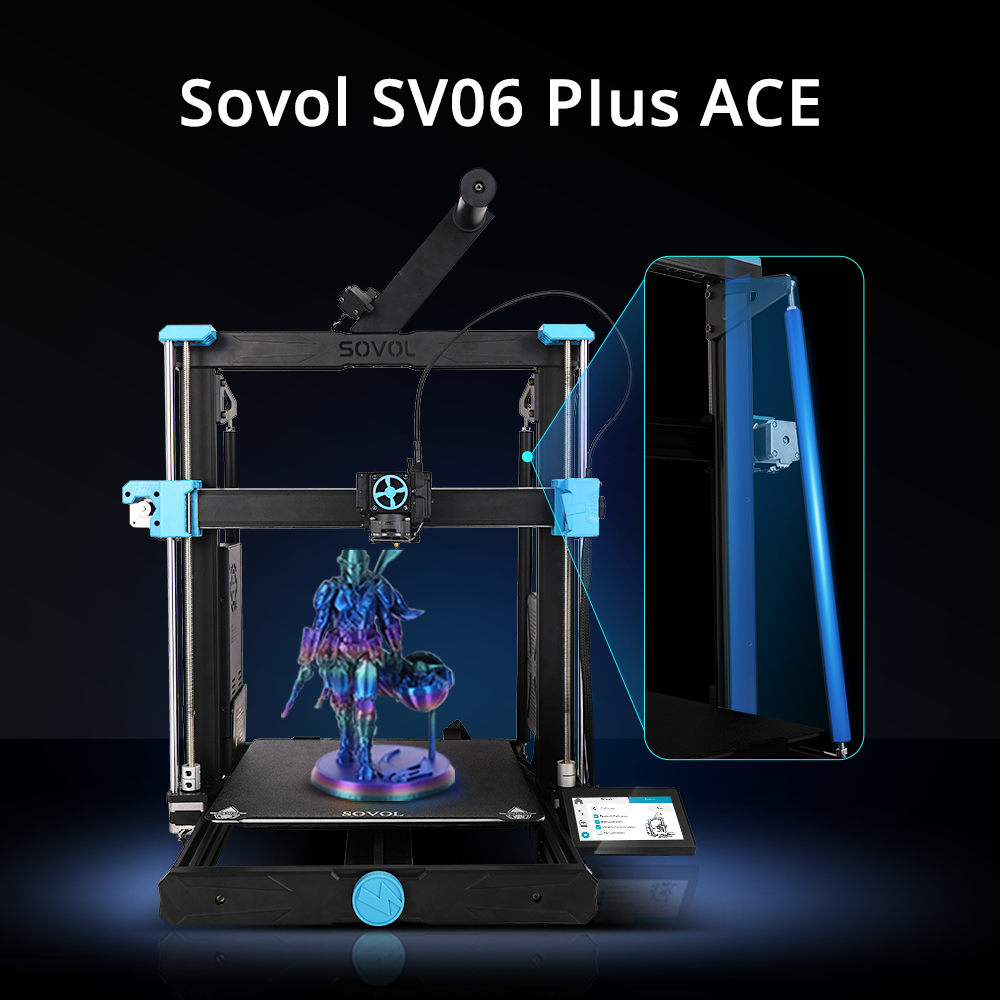
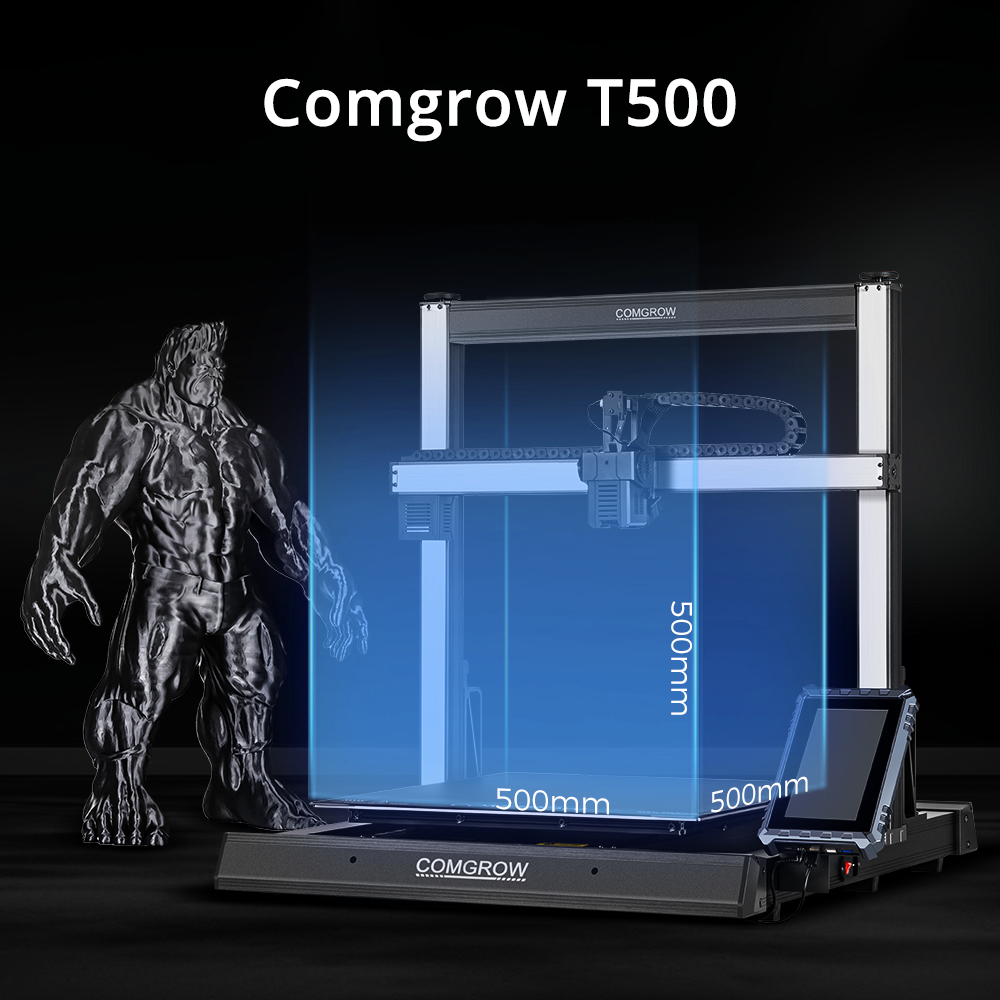


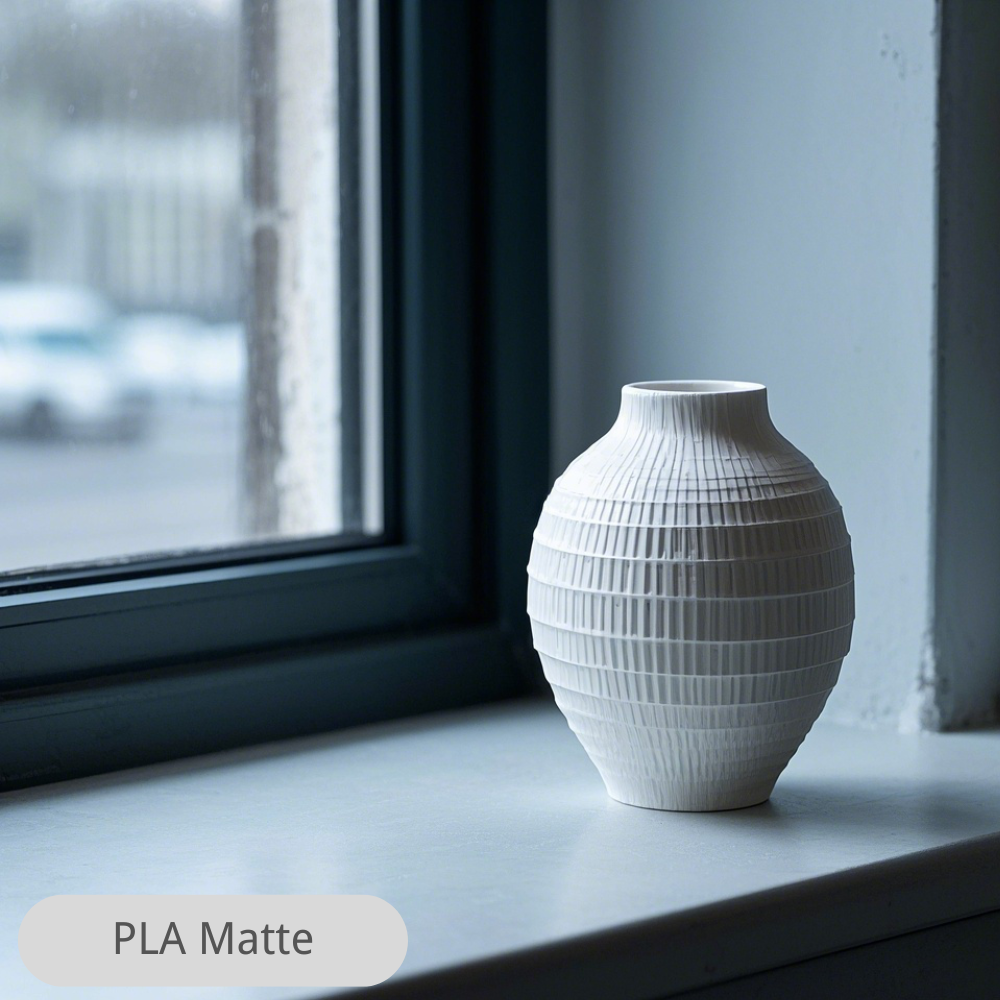
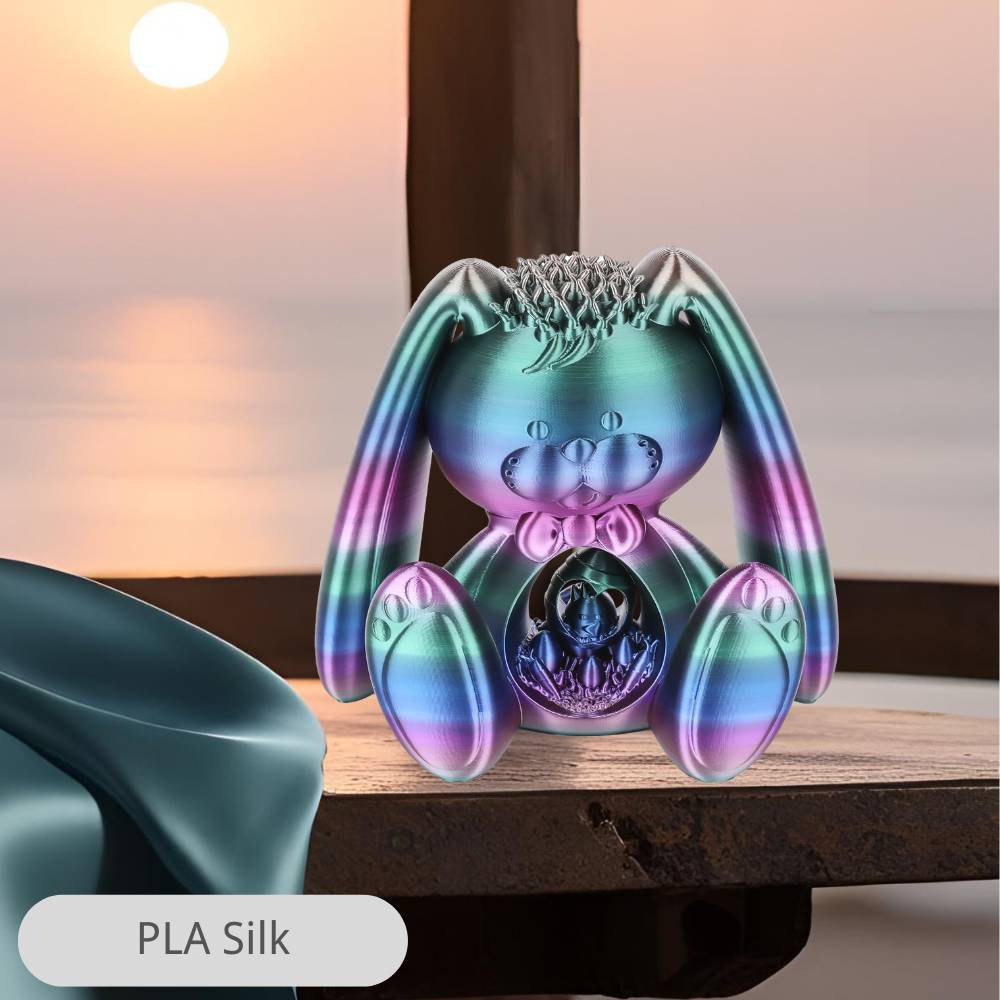
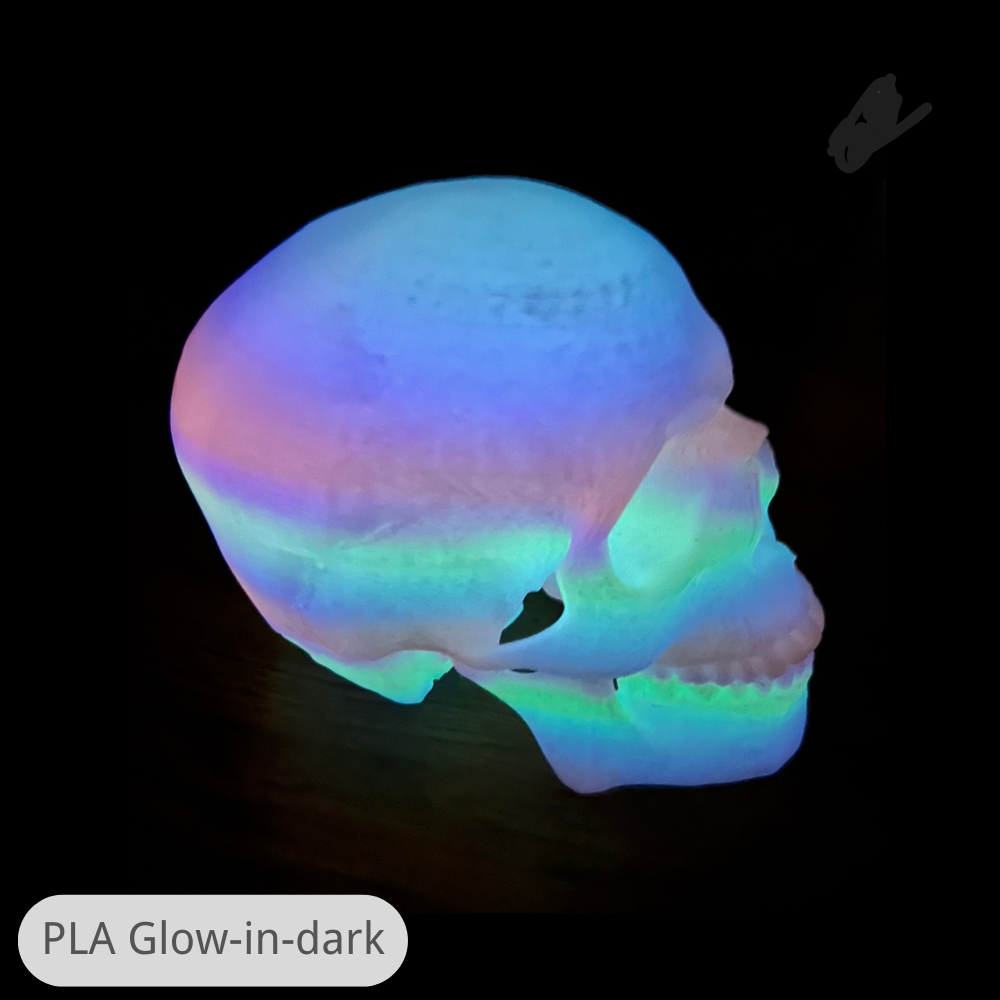
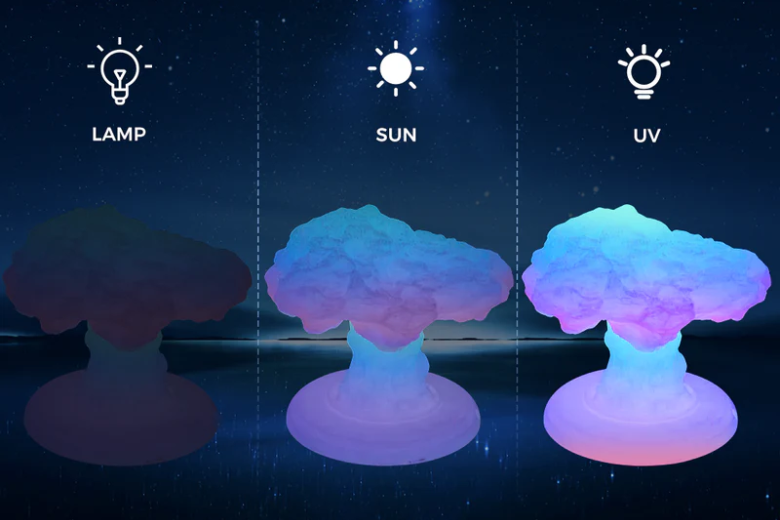

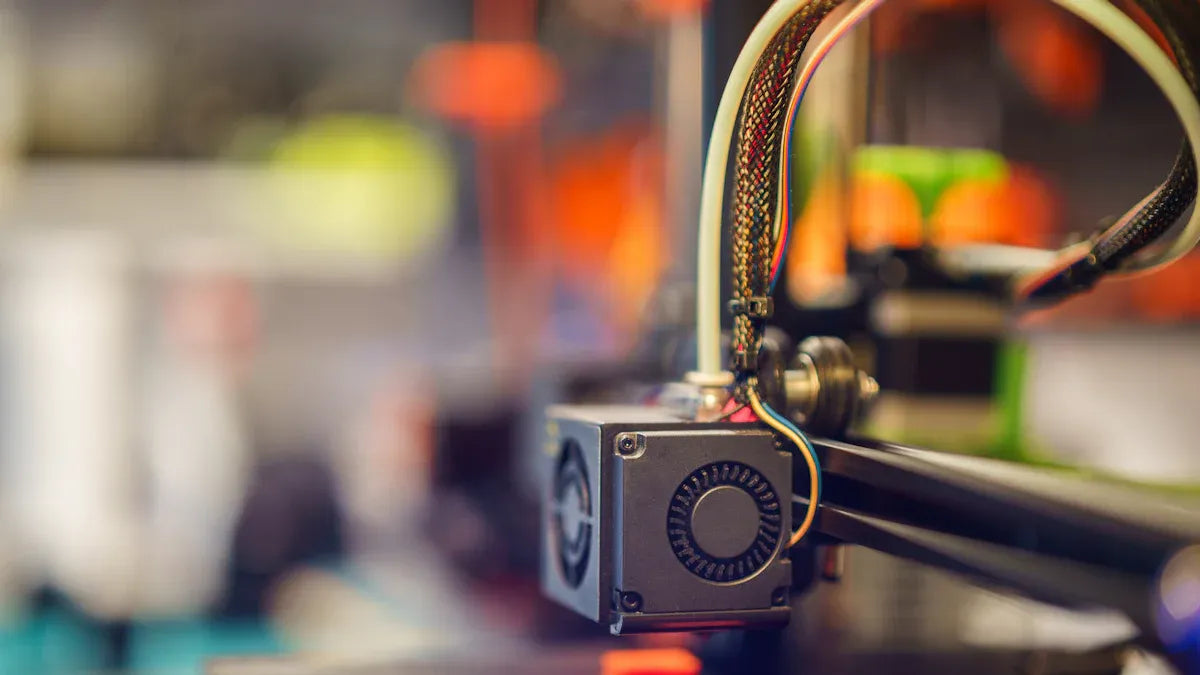
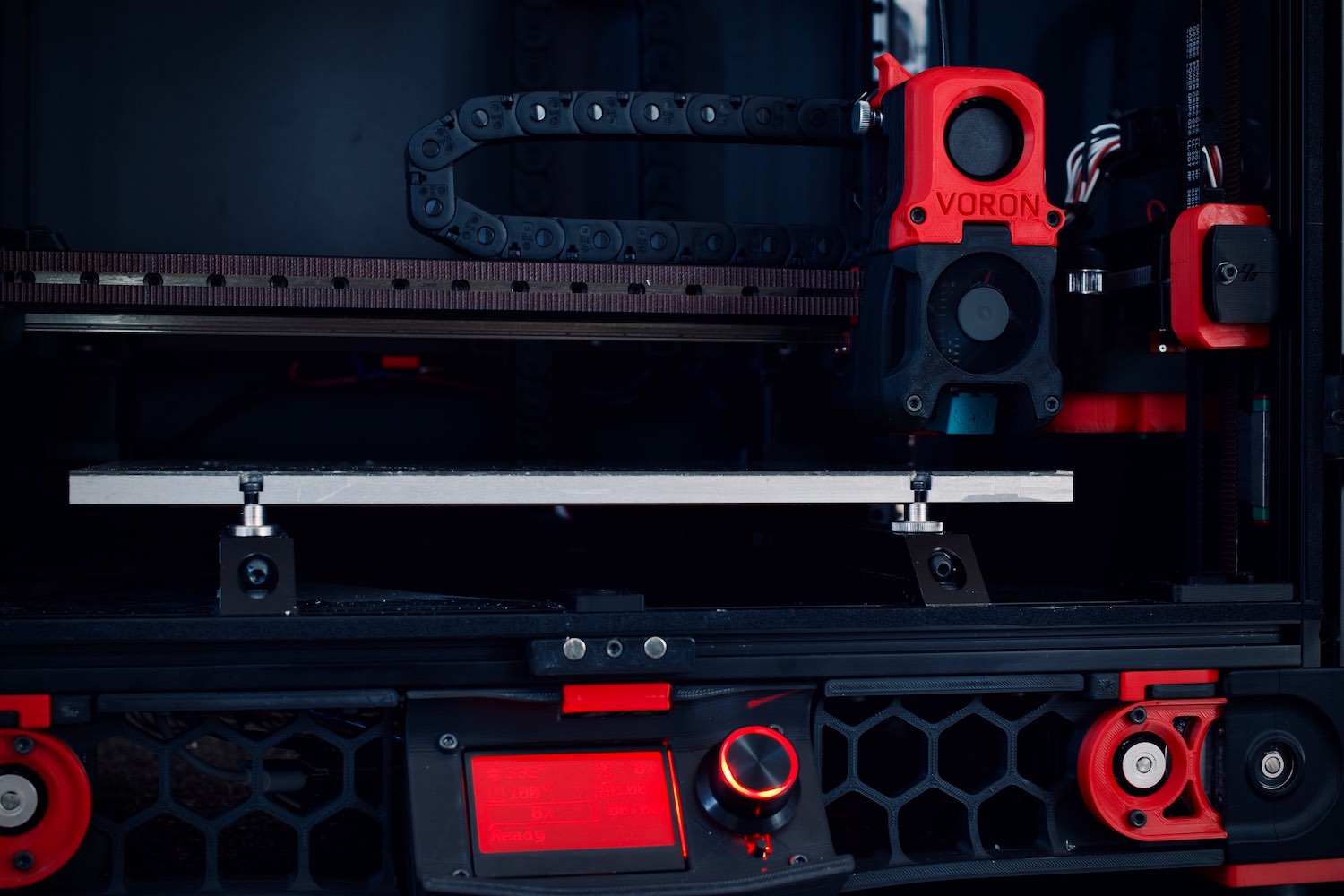
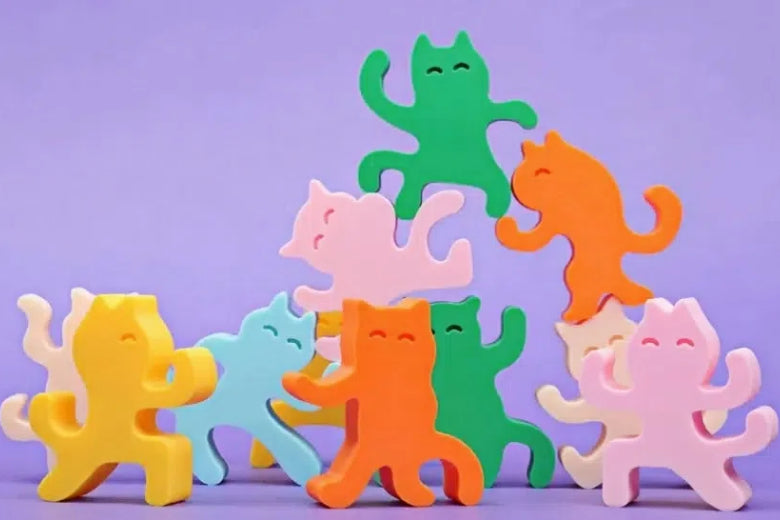
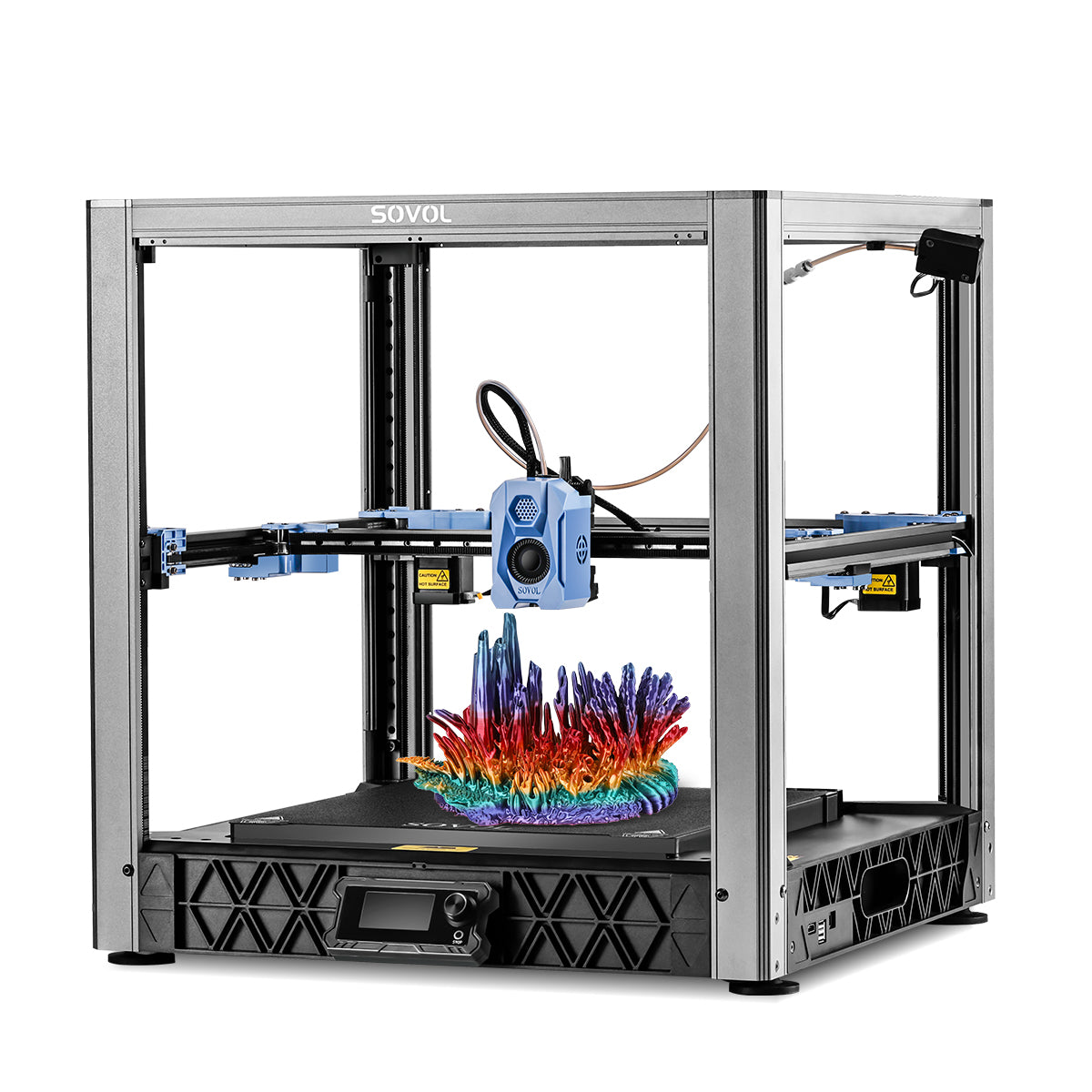
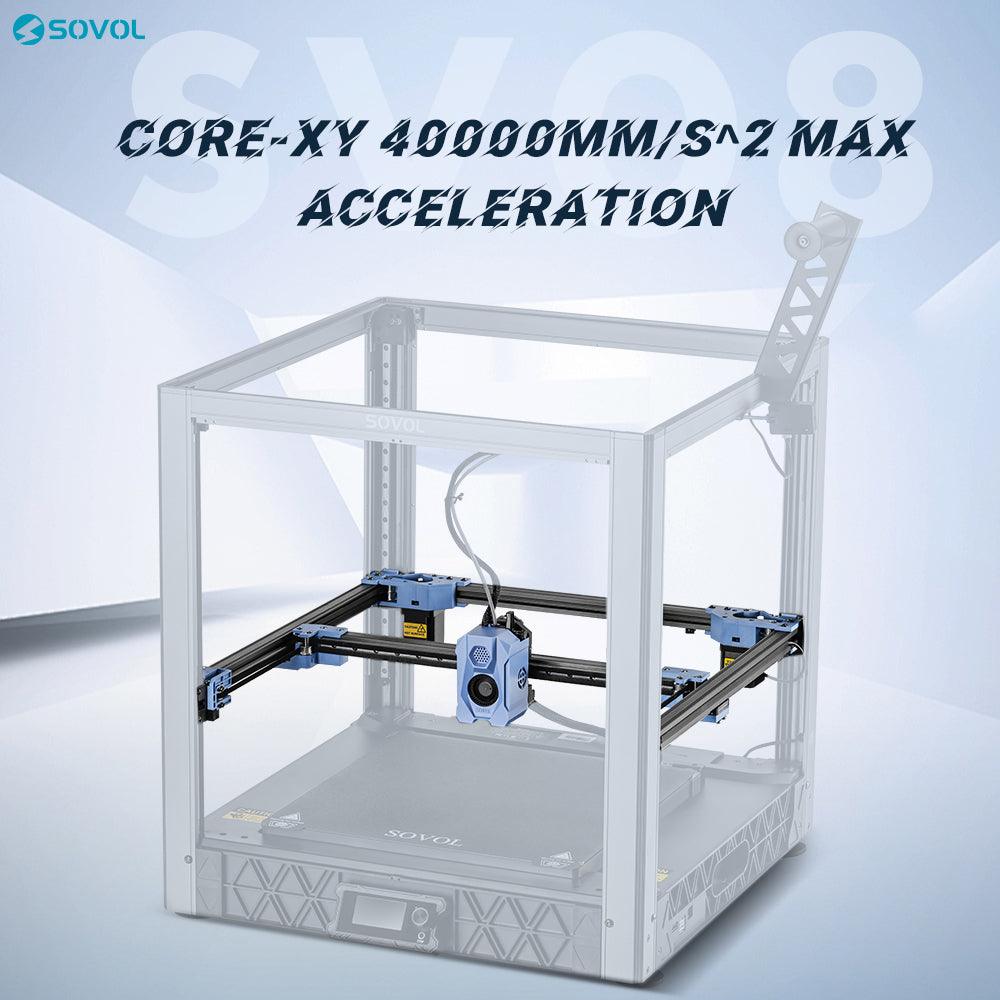
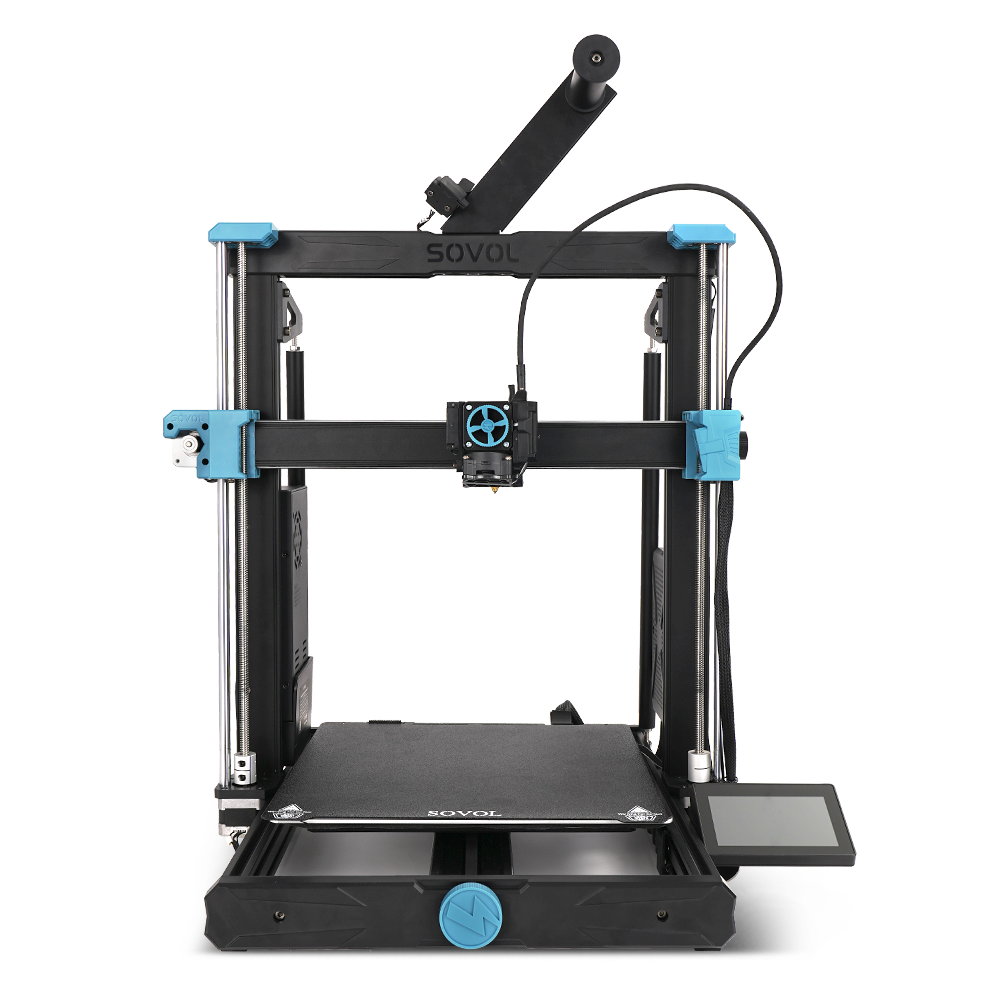
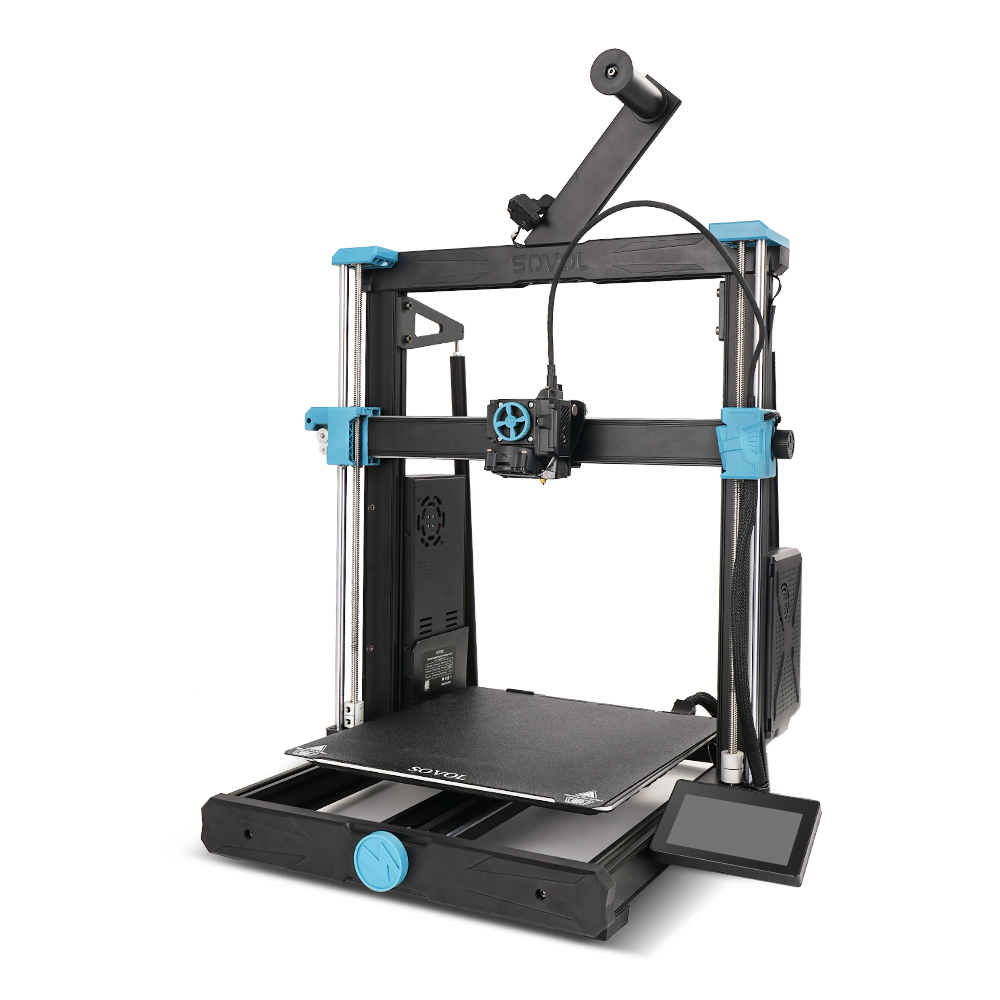
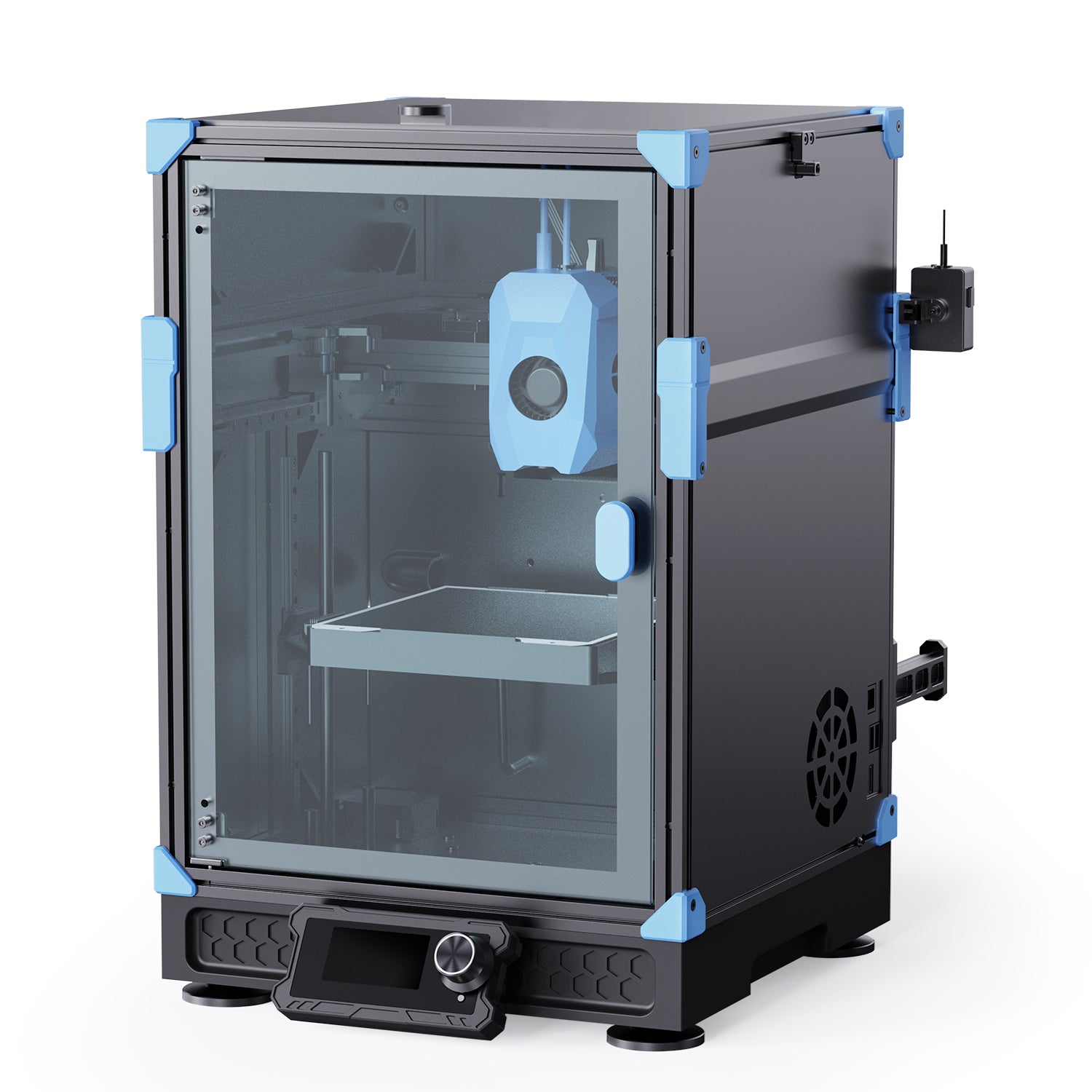
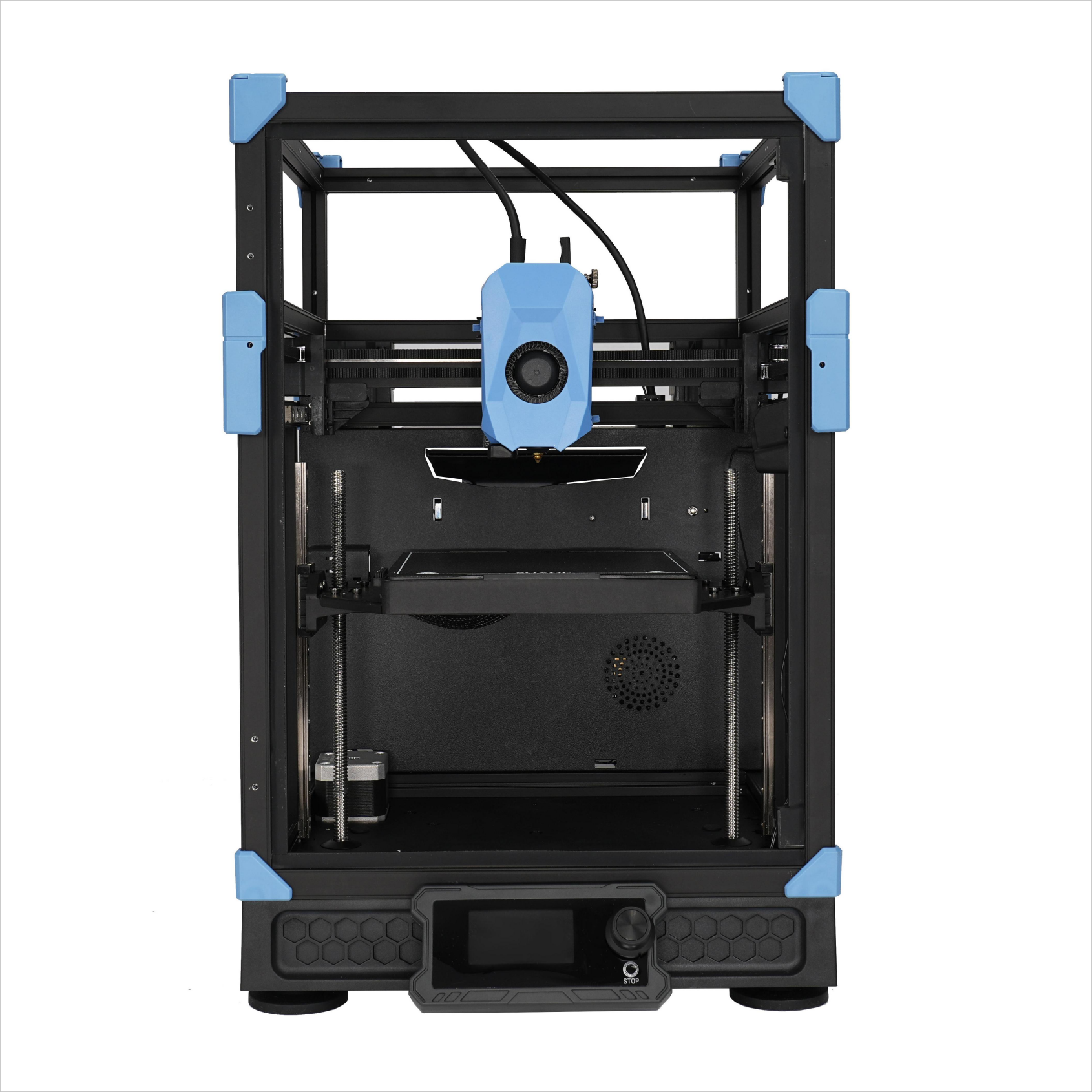

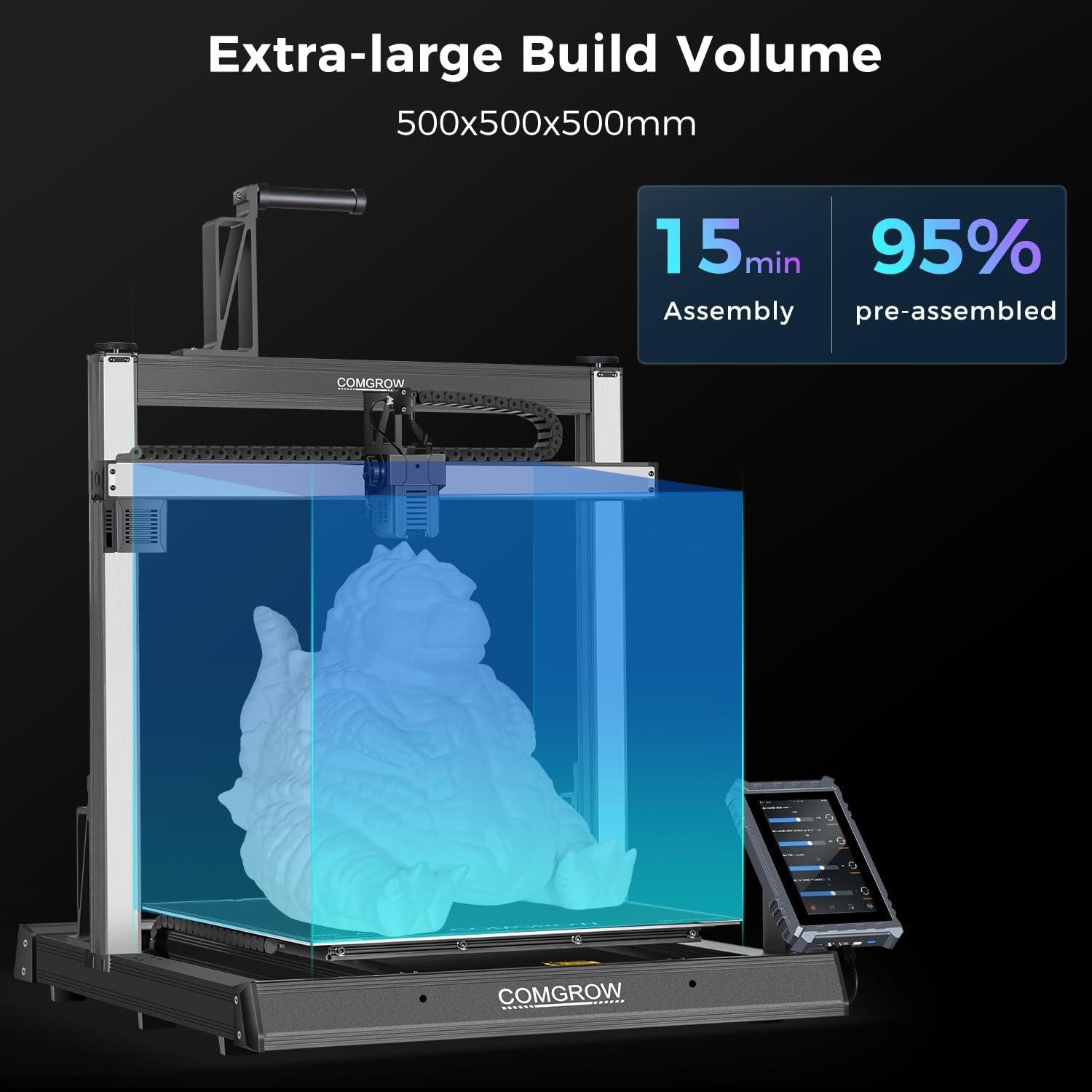
Zostaw komentarz
Wszystkie komentarze są moderowane przed opublikowaniem.
Ta strona jest chroniona przez hCaptcha i obowiązują na niej Polityka prywatności i Warunki korzystania z usługi serwisu hCaptcha.